USB microphones: features, models and tips for choosing

Recording high-quality and clean sound is a rather delicate process that requires not only knowledge and skills, but also the availability of professional and high-quality equipment. One of the main recording tools is a good microphone. In today's article, we will look at USB microphones, as well as find out what they are and what devices they can work with.

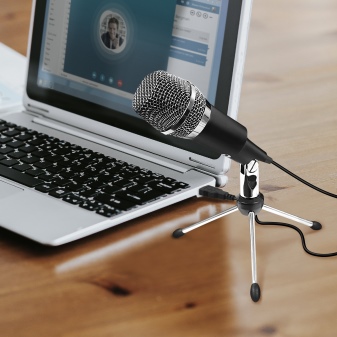
What it is?
A USB microphone is a kind of combination of 2 devices connected into 1, namely, an audio interface and the microphone itself (most often a condenser). The audio interface is designed to convert an analog signal from a microphone to a digital one, after which it is sent to a personal computer or laptop for further processing. Described device allows you to record any sound signal (voice, musical instrument, background sound) to a personal computer without unnecessary loss of time and with good sound quality.
You can do without a lot of professional equipment. The described device will be simple and easy to use. It should be noted that this unit cannot fully replace professional equipment. The device will be a great addition and a good helper for a vocalist or rapper.
The devices are successfully used for online conferences, meetings, Skype negotiations.
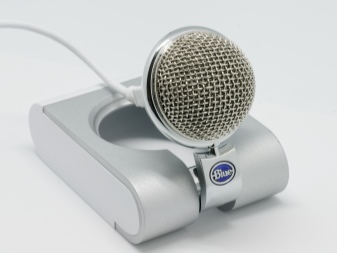
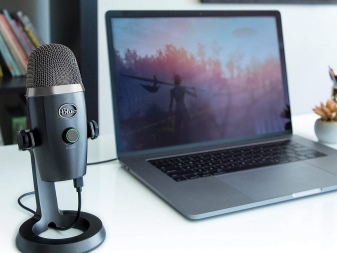
Peculiarities
Although this device is very convenient, however, when working with it, you need to be aware of some features:
- depending on the model of the recording device, the sound delay may be up to 1 second;
- it will not be possible to connect this microphone via a USB controller, since it needs a direct free port for operation;
- the length of the cable for connection should not be too long - 3-5 m, this is the maximum, connecting extension cords is also unacceptable;
- the majority of sound recording devices are not equipped with a recording level control directly on the device;
- most models do not have a headphone jack, but some types of microphones still have the ability to connect them.
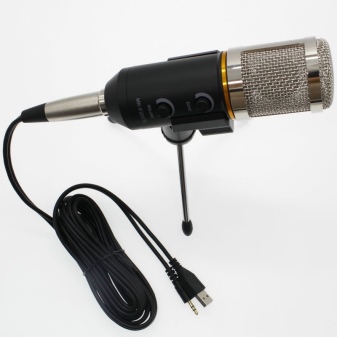
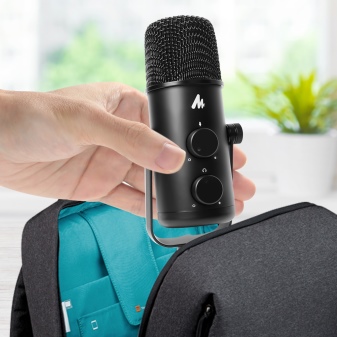
Top best models
Recently introduced to the market, USB condenser microphones have become popular around the world. Thanks to the ability to record high quality sound at home, the described device has become widespread among musicians and presenters. Consider a mini-rating of the best devices for 2019 in several "conditional" categories.
Best in price-quality ratio
The best are the following popular models:
- BEHRINGER C-1 - this microphone is a studio microphone and is of good quality for its price;
- ARG P420 - such a device is well suited for musical instruments or vocals, has a set of additional functions;
- SE Electronics X1A for your budget (up to $ 100) is the highest quality condenser microphone;
- Audio-Technica AT2053 Considered one of the best microphones under $ 200.
We can say about these models that they are inexpensive and fully meet all the requirements for them.


For karaoke
Consider wireless USB karaoke microphones:
- Ritmix RWM-101 - this budget microphone for karaoke, the most affordable and simple;
- SHURE SM58 - This microphone can be called the most popular dynamic device among all the others, it is designed for vocals or karaoke.
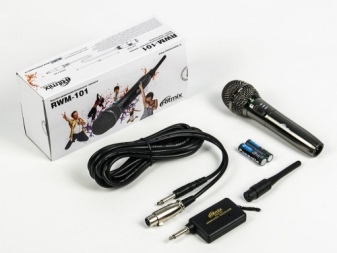
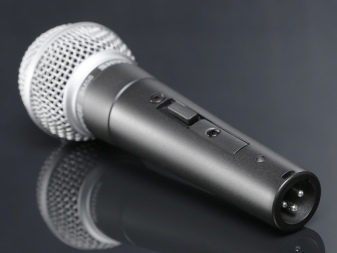
For computer
The next will be microphones for a personal computer. They can be suitable for any kind of activity with computer technology, be it games, streaming, talking or recording speech:
- Audio-Technica AT2020 USB Plus - an ordinary studio microphone that works via USB;
- Blue yeti pro - This microphone is designed in a beautiful style and is well suited for streaming;
- Samson C01U PRO - a universal sound recording device capable of making a good recording of musical instruments or voice;
- Shure SM7B - great microphone for radio broadcast, vocals, gloss recording or voice acting.
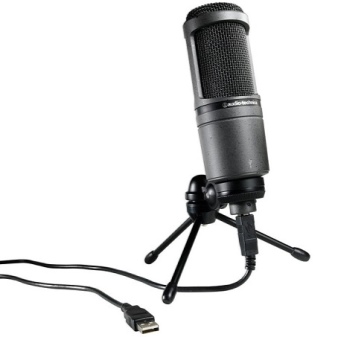
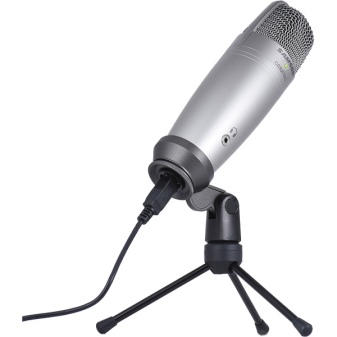
Studio
Consider microphones that can be used in good amateur recording studios. The devices output high quality sound. These microphones include:
- Rode NT1A - among inexpensive recording devices for vocals, this option can be considered the best;
- Sennheiser MD 421-II - such a device has a good recording quality for musical instruments;
- Rode NTK Tube Condenser Microphone - this model has a high price, which is justified by the excellent quality of the product, which has a good sound recording of both instruments and voice;
- AKG Pro Audio C214 - this is a device for those who like soft sound;
- Audio-Technica AT4040 - the recording device has the most accurate and natural sounding at the output, designed for vocals and musical instruments.
It is desirable that the USB device itself has a disconnect button.

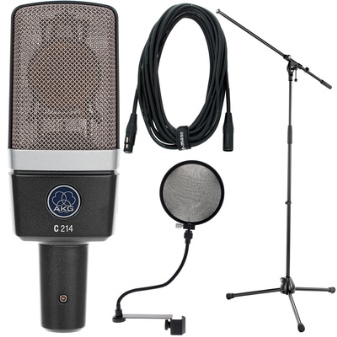
How to choose?
To choose the right recording device for you, you need to understand exactly what will be recorded on it and in what conditions. There is no one universal device that will fit all occasions in life. Also expensive does not mean good. Having bought the most expensive and luxurious microphone for recording a voice in an apartment, you can hear a large number of extraneous sounds in the background of the recording - which is not good. Each device is adapted for specific purposes and conditions.
You need to decide which type of quality microphone is best for you. - capacitor or dynamic... For voice recording work, it is best to use capacitor models as they are more sound-intensive and more sensitive. Such devices are well suited for live performances. An important criterion when choosing equipment is its focus. Sound recording can be done in front of the microphone, in the front and back, around the microphone.
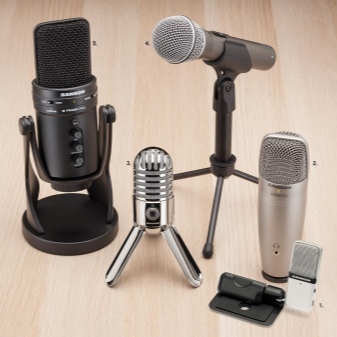
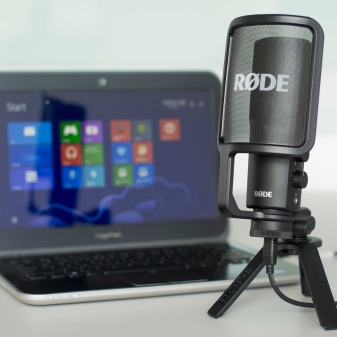
When most of the sound is captured from the front and a small portion from the back of the device, these are called supercardioid microphones. This option will be appropriate for work in an unprepared room, where there are echoes and other extraneous sounds that are not desirable in the recording. This device will not be able to record these "defects". When choosing, you need to take into account such an indication as signal / noise. The larger this ratio, the less the sound distortion will be. A good value would be 66 dB. A reading of 72 dB and above is considered excellent.
The next important parameter when choosing is frequency response curve graph. This is the range of frequencies from low to high, within which the device is capable of recording sound. According to the graph, you can see that at some point the curve begins to sag, and this may mean that this particular frequency will be weaker during playback. Raising the curve means more expressive sound.
This graph will help you understand which frequencies are going up and which ones are steadily going down so that, having sibilant sounds in the speech of a particular person, they do not emphasize them with the considered microphone model. The same readings can be used to level some speech problems. So, if the speaker has a disadvantage to speak in the nose, a properly selected USB microphone with a decay in the area of nasal sounds will help eliminate and successfully hide this problem on the recording.
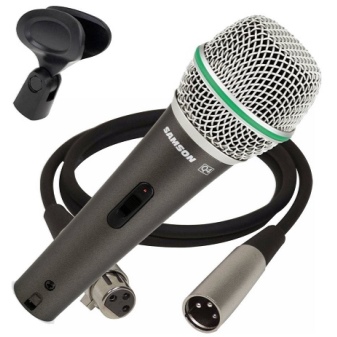
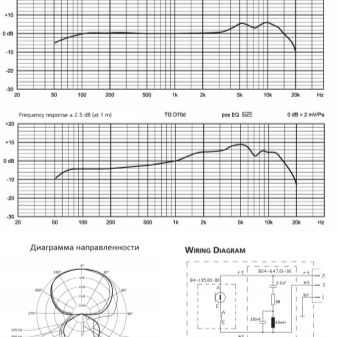
The next indicator when choosing can be the sensitivity of the device. In other words, how quiet the sound can be recorded by a particular device. The lower this parameter, the higher the microphone sensitivity. High sensitivity of the device is important if you have your own recording studio, which provides soundproofing. In all other cases, a value of 40 dB can be considered quite sufficient sensitivity.
Additionally, the microphone can be supplemented with such elements as a spider (a device for attaching a microphone to eliminate unnecessary vibration) and a pop filter - this is a device that looks like a round protective screen in front of the recording device (designed to muffle percussion sounds "b" "p"). The microphone cable must be of good quality. It is desirable that it be shielded. A cheap cable can cause unwanted noise in your recording.
It is advisable to purchase these devices only in specialized stores with a long-term good reputation. In such establishments, there is a low probability of buying a low quality product or a fake.
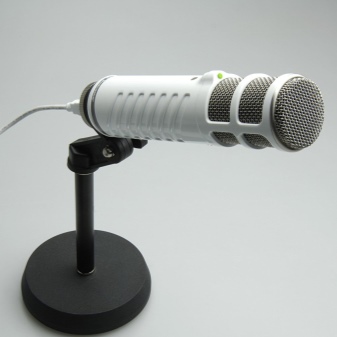
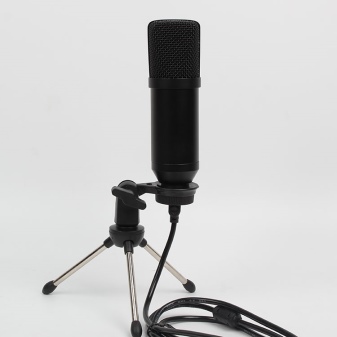
How to connect?
After purchasing a microphone, you need to connect it. This can be done using an external USB interface. Sound cards contain devices that amplify signals received from microphones to the required volume and converters of analog signals into digital ones. You can also connect a microphone via a mixing console. This method of connection is very similar to the previous method, except for the need to connect the remote control itself to the computer.
To connect a microphone to a phone via a wire, you will need a special adapter (pinout is individual for each microphone model). For each phone model, you can choose your own adapter or adapter with a 3.5 mm input, to which the microphone will be connected. All modern phone models have a Bluetooth function, thanks to which it is easy to set up a wireless connection with a microphone that supports this communication channel.
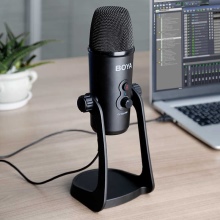

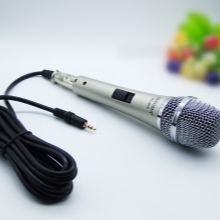
In the next video, you will find TOP 9 USB microphones.













The comment was sent successfully.